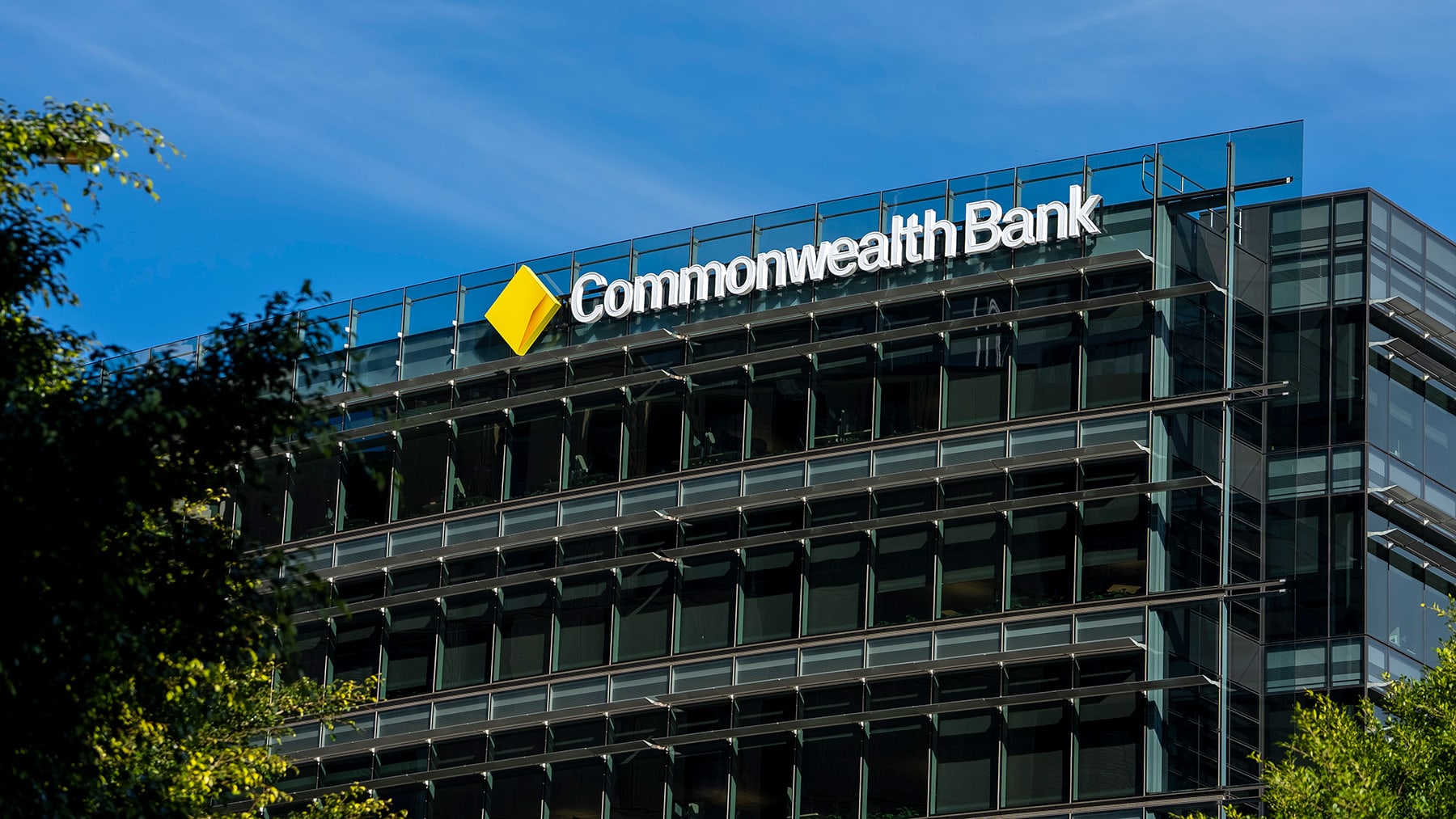Borrow
Lenders charging loyalty tax, confirms RBA
The central bank has urged borrowers to “shop around” for a lower rate amid new data that sheds light on the interest rate gap between new and existing customers.
Lenders charging loyalty tax, confirms RBA
The central bank has urged borrowers to “shop around” for a lower rate amid new data that sheds light on the interest rate gap between new and existing customers.

The Reserve Bank of Australia (RBA) has released its quarterly statement on monetary policy, containing an analysis of new mortgage rate data collected by the central bank, which has found that the price differential between new and outstanding variable rate home loans increases with the age of a loan.
According to the RBA, borrowers with variable rate mortgages originated four or more years ago – which account for less than half of all securitised loans assessed – are charged an interest rate approximately 40 bps higher than borrowers with newly originated loans.
“For a loan balance of $250,000, this difference implies an extra $1,000 of interest payments per year,” the RBA observed.
In his opening address to the House of Representatives on Friday (7 February), RBA governor Philip Lowe stated that the pricing gap reflects changes in discounting behaviour from lenders.

“This reflects the fact that the discounts offered to lenders’ standard variable rates have risen over recent years, and these discounts tend to be fixed for the life of the loan – what might have once seemed a big discount might not be so big now,” he said.
The RBA data revealed that the average discounts on standard variable rates offered by major banks on new loans increased from approximately 100 bps in 2015 to an average of approximately 175 bps in 2019.
The RBA claimed that the discounting disparity enables lenders to remain competitive in the marketplace without having to adjust pricing for existing customers.
However, it was noted that interest rates charged on outstanding variable rate loans have declined by more than standard variable rates in recent years, which it attributed to a readiness to negotiate for larger discounts from “well-informed borrowers”.
Competition driving rate gap
The RBA has acknowledged that aggressive pricing behaviour from lenders for new borrowers reflects heightened competition in the mortgage market.
“In part, the variation in interest rates paid by different borrowers reflects their creditworthiness or the riskiness and features of loans. In addition, it reflects the different interest rates offered by different lenders,” the RBA noted.
“However, the time at which the mortgage was taken out also has an important influence on the interest rate paid.
“This reflects the tendency for competitive pressures to be strongest for new and other borrowers who are in the process of shopping around for a loan.”
In his appearance before the standing committee on economics, Mr Lowe encouraged mortgage-holders to capitalise on the competitive dynamic in the market by reviewing their interest rate and refinance to a better deal.
“As I have said a number of times recently, if you took your loan out a while ago, it is worth shopping around and checking in with your lender to see if it can now give you a bigger discount,” he said.
This comes ahead of the commencement of the Australian Competition and Consumer Commission’s (ACCC) Home Loan Price Inquiry, announced in October 2019.
The inquiry – commissioned by Treasurer Josh Frydenberg after lenders failed to pass on the RBA’s cuts to the cash rate in full – will review pricing behaviour from 1 January 2019 to examine:
- the differences between advertised rates and the prices actually charged or paid;
- the differences between rates paid by existing customers and those paid by new customers (front and back book pricing behaviour);
- pricing decisions in response to changes to the official cash rate; and
- factors preventing customers from switching to cheaper home loans.
In exploring these matters, the ACCC will consider consumer decision making and biases, information used by consumers and the extent to which lenders may contribute to consumers paying more than they need to for home loans.
The announcement of the inquiry was met with stiff criticism from some sections of the banking community, including CEOs of the big four banks, who rejected suggestions that their pricing behaviour was anti-competitive.
The ACCC is expected to hand down a preliminary report by 30 March 2020, with a final report due by 30 September 2020.

Banking
Brokers own the mortgage funnel: Why a 77% share is reshaping bank strategy in Australia
Australia’s mortgage market has quietly consolidated around one gatekeeper: the broker. With brokers facilitating roughly 77% of new home loans, distribution power has migrated from bank branches to ...Read more

Banking
Commonwealth Bank leads consideration while People First Bank tops satisfaction in YouGov’s latest rankings
In a revealing snapshot of Australia's banking landscape, the Commonwealth Bank (CBA) has emerged as the most considered financial institution among prospective customers, according to YouGov's ...Read more

Banking
End of the easing: what a major bank’s call signals for Australian balance sheets
A major Australian bank now argues the Reserve Bank’s rate-cut run has hit a pause, resetting the risk-free rate narrative across corporate Australia. The Reserve Bank of Australia’s latest Statement ...Read more

Banking
Open banking, real returns: How an Australian brokerage turned CDR data into deal velocity
Open banking is no longer a whiteboard theory—it’s a working growth engine. This case study unpacks how a mid-sized Australian brokerage (“Pink Finance”) operationalised Consumer Data Right (CDR) data ...Read more

Banking
Open banking’s quiet revolution: how one broker’s data play rewrites speed, trust and margin
Open banking is shifting from compliance cost to commercial engine, and early adopters in Australia’s broking market are already monetising the curve. The playbook: consented bank-grade data piped ...Read more

Banking
Open banking in action: An early adopter’s playbook—and the ROI case for Australian brokers
Open banking is shifting from conference buzzword to operational backbone in Australia’s broking sector. Early adopters are using bank-grade data and AI to compress underwriting cycles, cut compliance ...Read more

Banking
Australian brokerage pedals ahead using consented data for a speedy advantage
Open banking is no longer a concept; it is an operating model shift changing how brokers originate and package credit. Australia’s early movers, backed by the Consumer Data Right (CDR) and a ...Read more

Banking
BOQ’s mortgage squeeze is a market signal: where banks will win next as competition bites
Bank of Queensland’s shrinking home-loan book is more than a single-institution story; it’s a barometer of how Australia’s mortgage market is being rewired by broker power, non-bank agility and ...Read more

Banking
Brokers own the mortgage funnel: Why a 77% share is reshaping bank strategy in Australia
Australia’s mortgage market has quietly consolidated around one gatekeeper: the broker. With brokers facilitating roughly 77% of new home loans, distribution power has migrated from bank branches to ...Read more

Banking
Commonwealth Bank leads consideration while People First Bank tops satisfaction in YouGov’s latest rankings
In a revealing snapshot of Australia's banking landscape, the Commonwealth Bank (CBA) has emerged as the most considered financial institution among prospective customers, according to YouGov's ...Read more

Banking
End of the easing: what a major bank’s call signals for Australian balance sheets
A major Australian bank now argues the Reserve Bank’s rate-cut run has hit a pause, resetting the risk-free rate narrative across corporate Australia. The Reserve Bank of Australia’s latest Statement ...Read more

Banking
Open banking, real returns: How an Australian brokerage turned CDR data into deal velocity
Open banking is no longer a whiteboard theory—it’s a working growth engine. This case study unpacks how a mid-sized Australian brokerage (“Pink Finance”) operationalised Consumer Data Right (CDR) data ...Read more

Banking
Open banking’s quiet revolution: how one broker’s data play rewrites speed, trust and margin
Open banking is shifting from compliance cost to commercial engine, and early adopters in Australia’s broking market are already monetising the curve. The playbook: consented bank-grade data piped ...Read more

Banking
Open banking in action: An early adopter’s playbook—and the ROI case for Australian brokers
Open banking is shifting from conference buzzword to operational backbone in Australia’s broking sector. Early adopters are using bank-grade data and AI to compress underwriting cycles, cut compliance ...Read more

Banking
Australian brokerage pedals ahead using consented data for a speedy advantage
Open banking is no longer a concept; it is an operating model shift changing how brokers originate and package credit. Australia’s early movers, backed by the Consumer Data Right (CDR) and a ...Read more

Banking
BOQ’s mortgage squeeze is a market signal: where banks will win next as competition bites
Bank of Queensland’s shrinking home-loan book is more than a single-institution story; it’s a barometer of how Australia’s mortgage market is being rewired by broker power, non-bank agility and ...Read more








